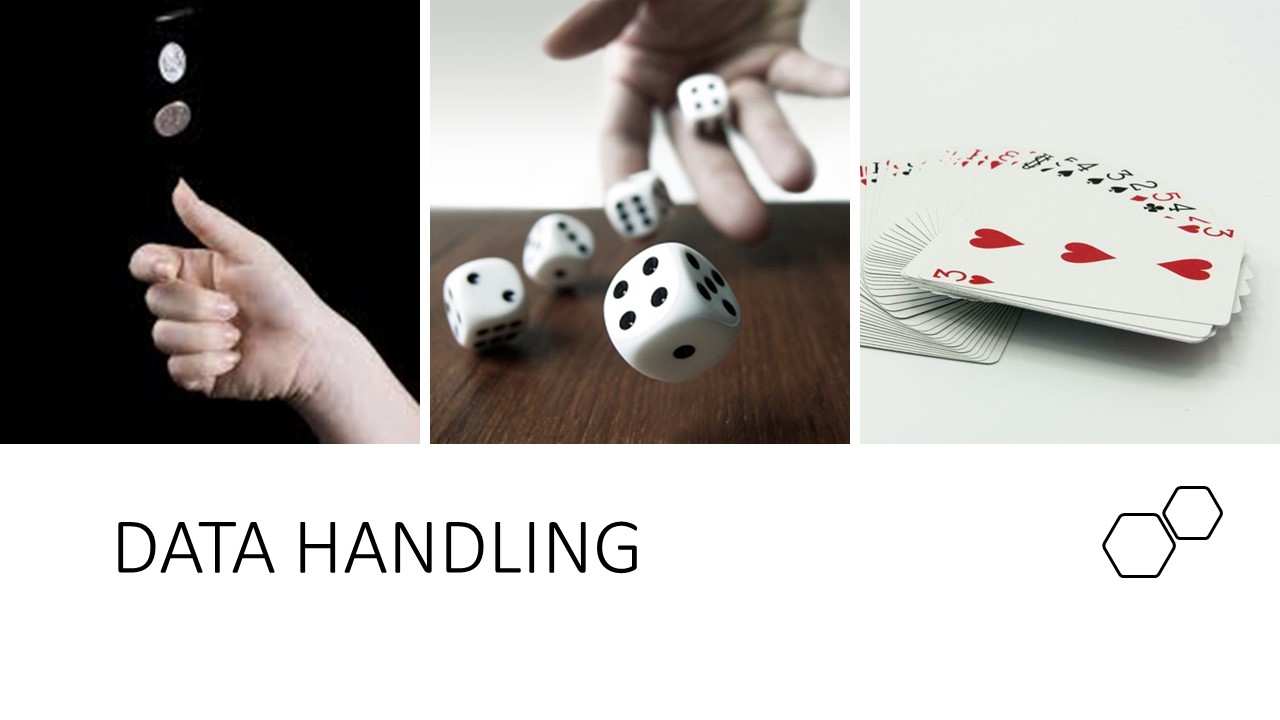STD VIII – STATISTICS (ONLINE)
About Course
In this section will learn the following chapters:
1.DATA HANDLING
2.PROBABILITY
Last Updated:March 23, 2022
0 (0 Ratings)
Share Course
Page Link
Share on social media

Description
STATISTICS
Primary data
Primary data is that which is collected by the investigator himself through personal observations with a definite plan or design in mind
For example, the data collected by a teacher on the performance of students in maths
Primary data is reliable and relevant
Secondary data
Secondary data is that which has been collected previously by someone other than the investigator for some specific purpose
For example, government reports
Bar Chart
A diagram representing the frequency distribution for nominal or discrete data with comparatively few possible values
It consists of a sequence of bars or rectangles corresponding to the possible value
Probability
Given the results of an experiment, we know how to predict the outcome of the experiment. How do we predict the outcome without actually doing the experiment? The probability or likeliness of an event occurring, without actually conducting the experiment is called theoretical probability.
Probability
Probability is defined as the numerical method of measuring uncertainty involved in a situation.
It is widely used in the study of mathematics, statistics, gambling, physical science, biological science, weather forecasting, finance etc. to draw conclusions.
Experiment:
An experiment is defined as an action or process that results in well defined outcomes.
Random experiment:
An experiment, in which we know all the results, but cannot predict them, is called a random experiment.
Outcomes:
The possible results of an experiment are called the outcomes.
Event:
A combination of outcomes is called an event.
Free
Free
Free access this course
-
LevelIntermediate
-
Last UpdatedMarch 23, 2022
-
CertificateYes
Hi, Welcome back!
Material Includes
-
Live Interactive classes with in-class doubt solving
-
Weekly Test and Quiz with instant tracking for progress
-
Revision of the course after testing
-
Fortnightly Parents and Tutor interactions
-
Expert monitoring of student's learning progress
-
Daily communication over call, whatsapp and mail
-
3 hours on-demand video
-
4 downloadable resources
-
Access for entire Academic Year
-
Access on mobile and Desktop
-
Assignments and review of the same
-
Tests and Correction by Board paper checkers
-
Certificate of completion and Live tracking with Grade book
Course Duration:
0
Course level:Intermediate
Enrolled:0
About Course
In this section will learn the following chapters:
1.DATA HANDLING
2.PROBABILITY
Course Curriculum
DATA HANDLING
-
03:40
-
03:59
-
03:59
-
01:18
-
01:08
PROBABILITY
-
09:22
-
00:58
-
QUIZ – PROBABILITY > INTRODUCTION
-
07:03
-
07:03
-
00:26
Student Ratings & Reviews

No Review Yet

